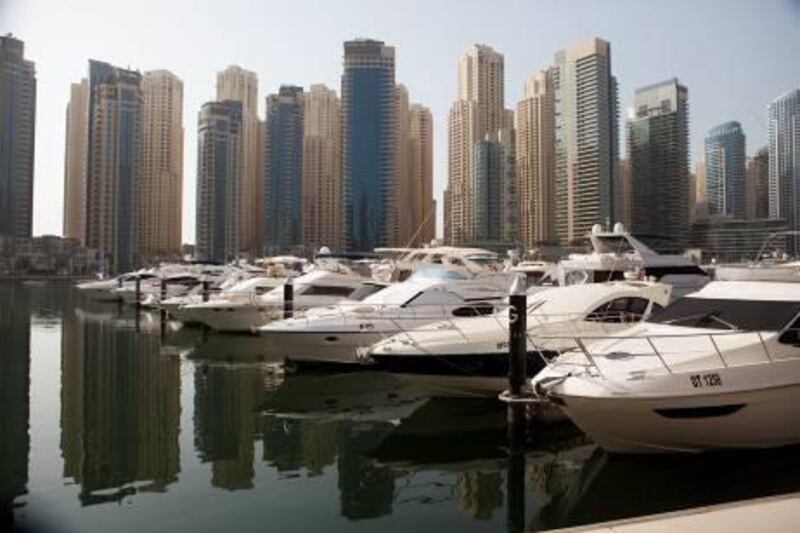Ian Walton of Nexus Insurance Brokers offers six pieces of advice on how to ensure that your yacht's insurance coverage is watertight.
1. Get insured
UAE Marinas are unlikely to accept you berthing your vessel without proof of insurance for the hull and liability exposures. A yacht is likely to be one of the most valuable purchases you will make - in sheer monetary terms at least - so it is well worth going the extra mile to get covered.
2. Get your valuation right
It is important to ascertain the value of your yacht from the outset. This will be an agreed value, so you should ensure the figure realistically and accurately reflects the worth of your new asset. Most policies will cover vessels of up to five or seven years but if it is older, or particularly large, it needs to be evaluated by a competent marine surveyor who will provide an "out-of-water condition" survey report. Irrespective of the boat's age, it is a good idea to undertake surveys of this nature every 12 months to ensure your investment is seaworthy, does not depreciate too much in value, and remains appropriately insured.
3. Be wary of wear and tear
Pleasure craft owners must be extremely vigilant about wear and tear as this can take its toll on performance, safety, efficiency and overall value. Proper maintenance should be undertaken on a regular basis, including ensuring barnacles and other foreign matter are properly cleaned from the hull.
4. Are you experienced?
It is worth noting that your sailing experience is considered as a rating factor, so if you're a novice with less than five years' experience, you may find yourself paying slightly more for your insurance.
5. You're not alone
A pleasure craft insurance policy must account not only for the vessel itself but also its occupants and the surrounding environment. This should include the hull, machinery, outboard motors, seepage pollution and passengers' protection. Thorough third-party legal liability cover is vital in terms of covering yourself for bodily injury to, and property damage of, third parties. For this reason, it is a good idea to select a high third-party liability limit. Cover should also be provided for towing liability, as well as liability for events such as water-skiing. Remember, the policy will normally be issued in your name, so if you intend to loan or hire your boat out to others, make sure you have notified your insurer and obtained the necessary approval.
6. Know your (geographical) limits
You need to clearly define the territorial limits of your insurance policy, for example you may need to get GCC-wide geographical cover depending on the extent of your sailing excursions.
Ian Walton is the director of general insurance at Nexus Insurance Brokers






